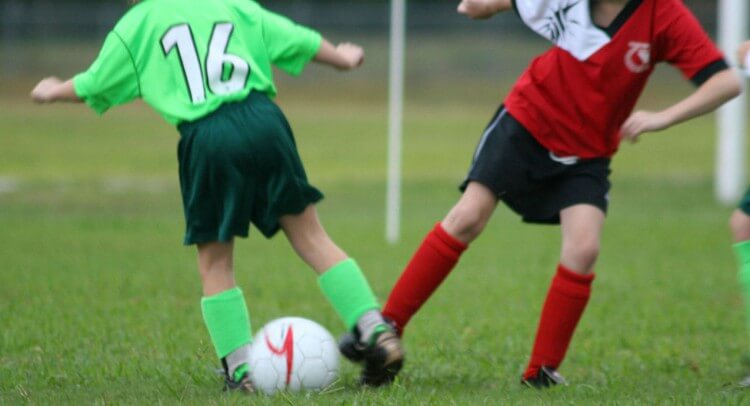Writing this the day after Xmas, I can’t help but think about the past year and imagine what’s ahead. Most of us I suspect do the same every year. We think about the joy and sadness we’ve experienced in our jobs and family in the year just ending, and wonder what awaits us in the New Year.

For health educators and physical educators, 2015 ended on an upbeat note. After more than a decade outside of the “core” curriculum, we were included as part of a “well rounded education” in the recently passed Every Student Succeeds Act(ESSA). Its predecessor, No Child Left Behind (NCLB) sadly resulted in not only leaving academically behind millions of students, but also health and physical education.
NCLB although well intentioned, justified school administrators making program and position cuts to our subjects in the name of academic accountability. Noticeably no one’s celebrating much about the success of this focus, while the evidence is clear that the majority of young people fail to lead physically active and healthy lives.
Although ESSA puts us back on a level playing field it would be a mistake to simply assume HPE will now inevitably flourish in America’s public schools. Our presence in ESSA is an opportunity and one that we must seize upon for us to benefit.
Remember, American public education is largely under local control. It is local and publicly elected school boards and the school administrators who serve them who are going to decide the importance and value of health and physical education in their schools. If they don’t see us as critical to kids’ education not much will change. Hence, 2016 is a time for us to make decisions to take control of our destiny. We can continue as we have done and hope others will change their views about us, or we can make some changes. Doing the latter is the smart choice.
2015 was the year that SHAPE America announced its commitment to get all of America’s school attending students physically active and healthy within the next 14 years. 50 Million Strong by 2029wasn’t simply one more program to complicate the lives of health and physical educators, but signaled a change movement – a refocusing – for our professions. We all know that health education and physical education have the potential to change kids’ lives, but so far we just aren’t doing it well enough. It’s not a lack of trying that’s the problem but a lack of focus and a wandering from the purpose that most of us believe makes what we teach so vital.
For far too long health and physical educators have tried to do too much and failed to do the one thing that’s critical: To get young people motivated to being regularly physically active and making wise health choices. It’s not that our subject matter can’t help support reading, writing, math and other valuable social and emotional skills, but that in doing so we are spreading ourselves too thin. Today’s kids are not sufficiently physically active, not motivated to become physically active, and disinterested or ignorant about the life-threatening results of poor health choices. For America to avoid catastrophic consequences, this has to change.
The irony is that outside of our schools the public is growing increasingly alarmed about the health of young people. And this alarm has spawned the growth of well-funded groups intent of changing kids’ physical activity and health behaviors. Noticeably, these groups while grateful to us for implementing their programs benefit the most from our efforts. Public perceptions of health and physical education teaching are not changing. It is no less likely today that school administrators will reduce funding for our programs or cut our teaching positions.
Understanding that our messaging has to change to the decision-makers outside of our professions was the motivation for 50 Million Strong. While you and I might care about the people who teach health and physical education and about effective teaching practices, the outside world isn’t much interested. What they care about are improvements in kids’ health and better test scores. And it’s these concerns that offer us an opportunity as a profession to transform how others see us.
No one else is better qualified nor better prepared to teach America’s youth the skills, knowledge, and desire to be physically active and healthy. And if it’s true – as most of us are convinced is the case – that active and healthy kids do better academically, then the better we do the job of getting them committed to being physically active and healthy the better off our profession and all of us personally will be.
And so looking ahead to 2016, my wish is that health education and physical education teachers everywhere will pause and reflect on what they’re doing. With effective health and physical education teaching at the core, 2016 needs to be the year we take control over our school environments. We need to be the ones facilitating before, during, and after school physical activity with a single purposeful goal: to get all of the students we are responsible for teaching, regularly physically active inside and outside of school and committed to making healthy lifestyle choices. If we all do this, in twelve months we’ll look back on 2016 as a transformational year for health and physical education teaching in America’s public schools and one we’ll want to celebrate.
Best wishes for a happy, healthy, and professionally productive 2016!
